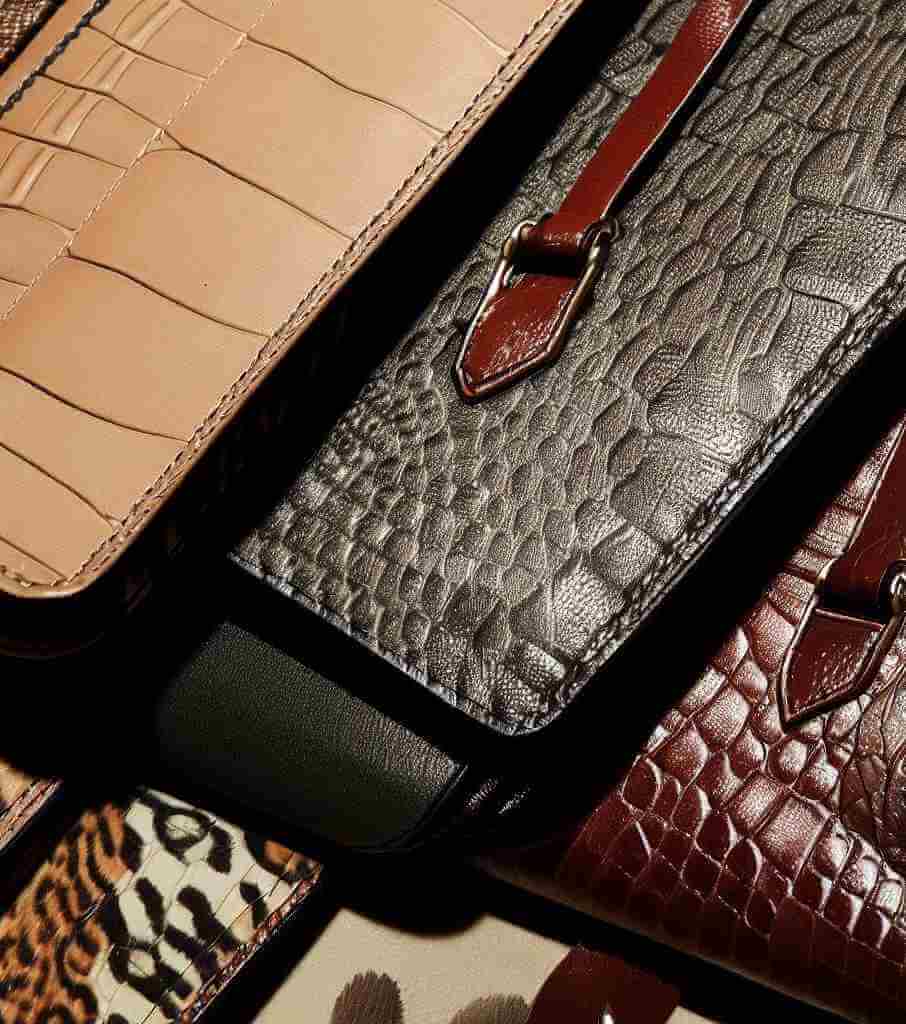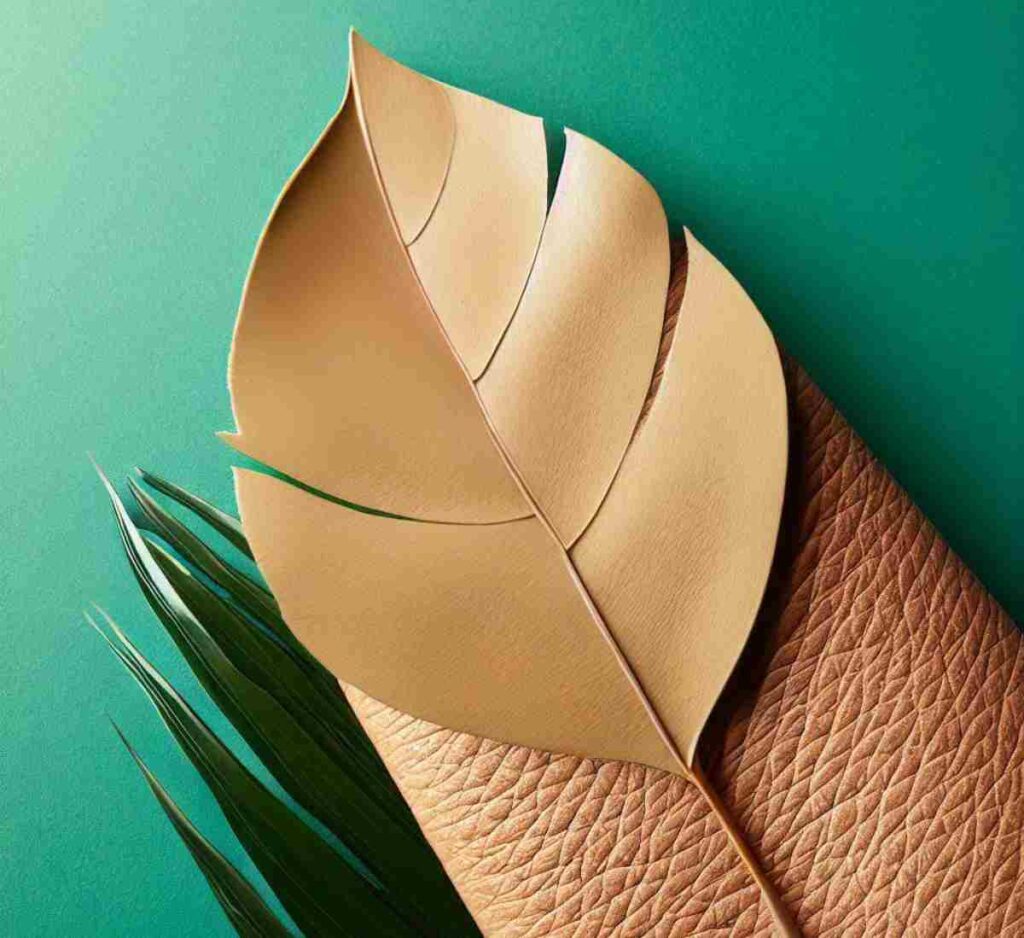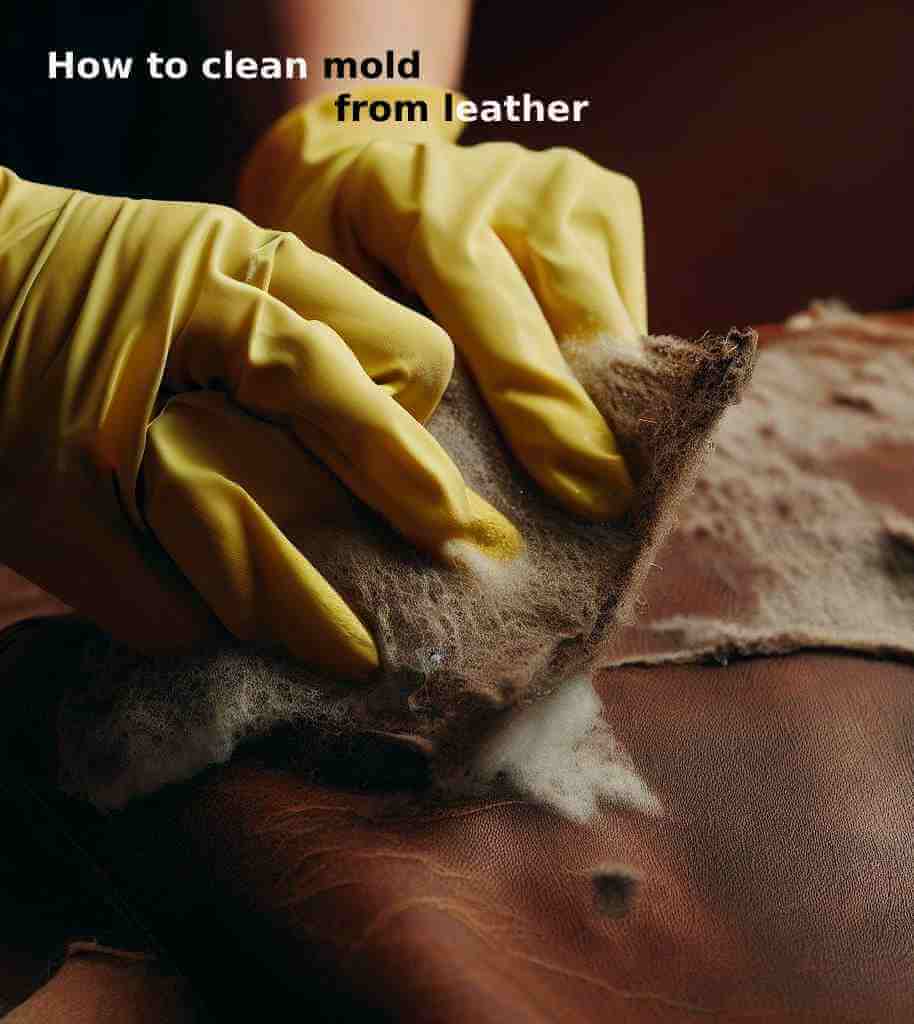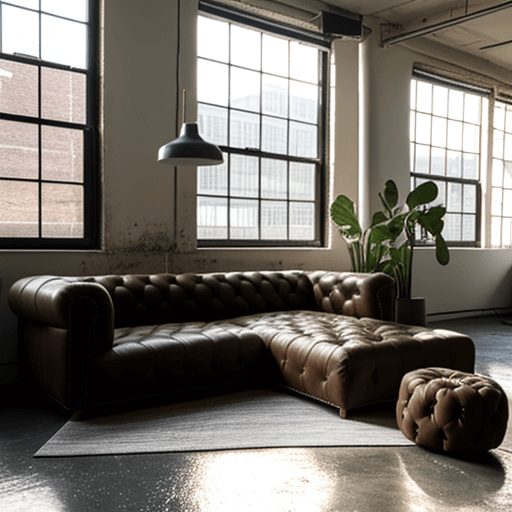What material is leatherette Made of
Uncover the composition and secrets of leatherette, a versatile synthetic material designed to resemble genuine leather. Explore its components, manufacturing process, environmental impact, and the advantages and disadvantages it offers.

1 What is Leatherette made of
Hey there! Have you ever come across the term “leatherette” and wondered what it’s made of? Well, you’re in the right place! Leatherette, also known as faux leather or synthetic leather, has been gaining popularity as a versatile alternative to genuine leather. In this blog post, we’ll explore the fascinating world of leatherette and uncover what it’s made of.
A. Leatherette definition
Let’s start with a quick definition. Manufacturers design leatherette as a man-made material to resemble the texture and appearance of genuine leather. It achieves a similar look and feel, but they craft it using different materials and manufacturing processes.It’s an excellent choice for those seeking animal-friendly options or looking for more affordable alternatives.
B. Growing popularity and usage of leatherette
Over the years, leatherette has seen a surge in popularity across various industries. From fashion and upholstery to automotive and interior design, leatherette has found its way into countless applications. Its versatility, durability, and aesthetic appeal have made it a sought-after material for both practical and aesthetic reasons.
Now that we’ve developed a general understanding of what leatherette is, let’s dive deeper and explore its actual composition. It’s fascinating to witness how craftsmen create this synthetic material, skillfully mimicking the qualities of genuine leather.
2 Understanding Leatherette
Ah, leatherette! It’s an intriguing material that has captured the attention of many due to its resemblance to genuine leather. But what exactly sets leatherette apart, and how does it differ from the real deal? Let’s embark on a journey to unravel the secrets of leatherette and gain a deeper understanding of its composition.
A. Leatherette characteristics
Before we delve into its composition, let’s take a moment to appreciate the defining characteristics of leatherette. This synthetic material mimics the texture, appearance, and even some properties of genuine leather.Its smooth, sleek surface showcases a similar grain pattern and allows for crafting imitation of various leather types, including smooth, embossed, or even exotic textures
Leatherette earns recognition for its versatility, offering a wide range of colors, finishes, and thicknesses. Whether you’re looking for a vibrant, eye-catching hue or a classic, understated tone, leatherette offers an extensive palette to suit different tastes and design preferences.
B. Distinction between leatherette and genuine leather
While leatherette can convincingly imitate the look and feel of genuine leather, it’s essential to understand the differences between the two. Animal hides provide the source for genuine leather, which is a natural and organic material possessing unique characteristics. Leatherette, on the other hand, is entirely man-made using synthetic materials.
The distinction lies primarily in the composition and production process. Genuine leather undergoes tanning and processing of animal hides, preserving the inherent qualities and textures of the material. Leatherette, however, is crafted using a combination of different materials and manufacturing techniques to achieve a leather-like appearance.
C. Importance of knowing what leatherette is made of
Understanding the composition of leatherette is crucial for several reasons. Firstly, it allows us to make informed choices when selecting materials for various applications. Whether you’re considering leatherette for upholstery, fashion, or other purposes, knowing what it’s made of enables you to evaluate its suitability, durability, and potential advantages over genuine leather.
Secondly, being aware of the materials used in leatherette production contributes to our overall knowledge of sustainable and ethical options. As the demand for animal-friendly alternatives continues to grow, understanding the components of leatherette empowers us to make conscious decisions and support eco-friendly practices.
Now that we have a grasp of the significance of understanding leatherette, let’s explore the specific components that contribute to its composition.
3 Components of Leatherette
Welcome to the exciting realm of leatherette composition! As we explore the inner workings of this fascinating material, we’ll uncover the primary components that come together to create the leatherette we know and love. Let’s take a closer look at the materials used and the techniques involved in crafting leatherette.
A. Primary materials used in leatherette production
Two primary options stand out for making leatherette: polyurethane (PU) leatherette and polyvinyl chloride (PVC) leatherette. Manufacturers use various materials to create leatherette. These materials serve as the foundation for crafting leatherette and contribute to its distinct properties.
- Polyurethane (PU) leatherette: PU leatherette is a popular choice due to its resemblance to genuine leather. It consists of a polyurethane layer applied to a fabric backing. This layer provides the leather-like texture, durability, and resistance to wear and tear. The fabric backing adds strength and stability to the material.
- Polyvinyl chloride (PVC) leatherette: PVC leatherette, also known as vinyl leatherette, is another widely used option. It features a layer of polyvinyl chloride applied to a fabric or non-woven backing. PVC provides a glossy finish and enhanced resistance to moisture, making it suitable for various applications, including upholstery and automotive interiors.
B. Secondary materials and additives
In addition to the primary materials, leatherette often incorporates secondary components and additives to enhance its performance and aesthetics. These materials play a crucial role in achieving specific qualities and characteristics.
- Fillers and binders: Manufacturers add fillers, such as calcium carbonate or microfiber powders, to enhance the texture, density, and flexibility of the material. Binders, such as adhesives or resins, help bond the layers together and provide structural integrity.
- Dyes and pigments: Dyes and pigments are used to introduce color to leatherette. They are carefully selected to achieve a wide range of shades and tones, allowing for customization and versatility in design.
- Texture and grain enhancements: Leatherette can be embossed or textured to mimic the natural grain patterns found in genuine leather. This is achieved through the use of specialized rollers or plates during the manufacturing process, adding depth and visual interest to the material.
These secondary materials and additives work in harmony to create a leatherette that closely resembles genuine leather, both in appearance and texture. The combination of primary and secondary components contributes to the overall composition and unique qualities of leatherette.
Now that we’ve explored the components of leatherette, it’s time to delve into the intricate manufacturing process involved in bringing this synthetic material to life.
4 Leatherette Manufacturing Process
Welcome to the intriguing world of leatherette manufacturing! The process of creating this synthetic material involves several intricate steps and techniques. In this section, we’ll take a closer look at the manufacturing process of leatherette, from the initial stages to the final product.
A. Overview of the production process
- Preparation of the backing material: The manufacturing process begins with selecting a suitable backing material, which could be a fabric or non-woven substrate. The backing material provides strength and stability to the leatherette. It undergoes preparation, including cleaning, treating, and possibly coating, to ensure proper adhesion with the subsequent layers.
- Application of the base layer: Once the backing material is ready, a base layer is applied. For PU leatherette, this involves coating the backing material with a polyurethane layer. In the case of PVC leatherette, a polyvinyl chloride layer is applied. The base layer provides the foundation for the material and contributes to its durability and texture.
- Addition of secondary layers: After the base layer, additional layers may be added to enhance specific properties of the leatherette. These layers can include fillers, binders, and dyes. Fillers help achieve the desired texture and density, while binders strengthen the material. Dyes are introduced to add color and customization.
- Texturing and embossing: To mimic the natural grain patterns found in genuine leather, leatherette undergoes a texturing and embossing process. Specialized rollers or plates with specific patterns are used to create texture and depth in the material. This step adds a realistic touch and enhances the visual appeal of the leatherette.
B. Role of chemical treatments and coatings
Throughout the manufacturing process, various chemical treatments and coatings are applied to enhance the performance and appearance of leatherette. These treatments can include anti-UV coatings, flame retardants, water repellents, and stain-resistant finishes. These additional treatments contribute to the durability, longevity, and functionality of leatherette, making it suitable for a wide range of applications.
C. Techniques for achieving desired texture and appearance
Crafting leatherette involves a combination of techniques to achieve the desired texture and appearance. These techniques can include printing, embossing, and buffing. Printing techniques allow for the application of patterns and designs, while embossing techniques create texture and grain patterns. Buffing can be employed to refine the surface and achieve a smooth, polished finish.
The leatherette manufacturing process is a meticulous and intricate endeavor, combining various layers, treatments, and techniques to create a material that closely resembles genuine leather. It’s a testament to the skill and craftsmanship involved in producing high-quality leatherette products.
Now that we’ve explored the manufacturing process, it’s time to shed light on the environmental impact of leatherette and its comparison to genuine leather.
5 Leatherette Environmental Impact
Ah, the environmental impact of materials—something that weighs heavily on our minds these days. When it comes to leatherette, understanding its ecological footprint is essential for making informed decisions. In this section, we’ll explore the environmental implications of leatherette and compare it to genuine leather.
A. Comparison with genuine leather in terms of sustainability
Leatherette presents itself as an alternative to genuine leather, often positioning itself as a more sustainable choice. While it’s true that leatherette can offer some environmental benefits, it’s crucial to evaluate its impact in comparison to genuine leather.
- Resource consumption: Genuine leather is derived from animal hides, which involves significant land use, water consumption, and energy-intensive processes like tanning. In contrast, leatherette production utilizes synthetic materials, reducing the need for animal-derived resources.
- Chemical usage: Tanning processes used in genuine leather production involve the use of chemicals, including chromium salts, which can have negative environmental effects if not managed properly. Leatherette, on the other hand, requires different chemical treatments, but the overall environmental impact depends on the specific chemicals used and their management.
B. Evaluation of the eco-friendliness of leatherette production
While leatherette may have some advantages in terms of resource consumption and chemical usage, its overall eco-friendliness depends on several factors.
- Synthetic materials: Leatherette is made from synthetic materials, such as polyurethane (PU) or polyvinyl chloride (PVC). The production of these materials involves the use of fossil fuels and other chemicals, contributing to carbon emissions and environmental pollution. However, advancements are being made to develop more sustainable alternatives and reduce the environmental impact of these materials.
- Waste management: Like any material, leatherette production generates waste. It’s essential to consider how waste is managed, whether through recycling, responsible disposal, or other sustainable practices. Proper waste management can minimize the environmental impact of leatherette production.
- Durability and longevity: Leatherette is often praised for its durability, which can result in longer product lifespans compared to genuine leather. By using leatherette products for an extended period, we can reduce the need for frequent replacements and minimize the overall environmental impact.
C. Recycling and disposal considerations
When it comes to the end of its life cycle, leatherette presents both challenges and opportunities in terms of recycling and disposal.
- Recycling: Leatherette, being a composite material, can be challenging to recycle. The various layers and components make it difficult to separate and process. However, efforts are underway to develop recycling technologies and find innovative solutions for leatherette waste.
- Disposal: If leatherette ends up in landfills, it can contribute to environmental pollution. Proper disposal practices, such as incineration with energy recovery or controlled landfilling, can help mitigate these impacts.
Understanding the environmental impact of leatherette is essential for making informed choices. By considering the material’s life cycle, resource consumption, waste management, and recycling options, we can work towards a more sustainable future.
Now that we’ve explored the environmental impact of leatherette, let’s move on to discussing the advantages and disadvantages of using this synthetic material.
6 Advantages and Disadvantages of Leatherette
As with any material, leatherette comes with its own set of advantages and disadvantages. In this section, we’ll explore the pros and cons of using leatherette, shedding light on its benefits and potential drawbacks.
A. Advantages of leatherette
- Affordability: One of the significant advantages of leatherette is its affordability compared to genuine leather. Leatherette provides a more budget-friendly option for those seeking the look and feel of leather without the high price tag.
- Versatility: Leatherette offers a wide range of colors, finishes, and textures, making it a versatile material for various applications. Whether you’re looking for a bold, vibrant hue or a subtle, classic tone, leatherette provides ample options to suit different preferences.
- Durability: Leatherette is known for its durability and resistance to wear and tear. It can withstand daily use and maintain its appearance for an extended period, making it a practical choice for high-traffic areas or frequently used items.
B. Leatherette disadvantages
- Breathability: One of the drawbacks of leatherette is its limited breathability compared to genuine leather. Leatherette does not allow air to pass through as easily, which can result in less ventilation and potential discomfort in certain situations.
- Environmental concerns: While leatherette can be considered more sustainable than genuine leather in some aspects, it is still a synthetic material with potential environmental impacts. The production process involves the use of chemicals and fossil fuels, and the recycling of leatherette can present challenges due to its composite nature.
- Authenticity: Despite its visual resemblance to genuine leather, leatherette may not provide the same authentic experience. Some people appreciate the natural scent, unique texture, and aging characteristics of genuine leather, which leatherette may not fully replicate.
7 Care and Maintenance of Leatherette
Taking proper care of your leatherette items is essential for preserving their appearance and longevity. In this section, we’ll delve into the best practices for maintaining and cleaning leatherette products, ensuring they remain in excellent condition for years to come.
A. Cleaning leatherette
- Regular dusting: Start by dusting off your leatherette items regularly using a soft, dry cloth or a soft brush. This helps remove any surface dirt or debris that may accumulate over time.
- Mild soap solution: For more thorough cleaning, prepare a mild soap solution by mixing a small amount of gentle liquid soap with warm water. Dampen a clean cloth or sponge with the solution and gently wipe the leatherette surface, avoiding excessive moisture.
- Gentle scrubbing: For stubborn stains, you can use a soft-bristled brush or a toothbrush to gently scrub the affected area with the soap solution. Be careful not to apply too much pressure to avoid damaging the material.
B. Avoiding harsh chemicals and excessive moisture
- Harsh cleaning agents: When cleaning leatherette, it’s important to avoid harsh chemicals, such as bleach or ammonia-based cleaners. These can damage the surface and cause discoloration or deterioration.
- Excessive moisture: Leatherette is not as resistant to moisture as genuine leather. Avoid saturating the material or using excessive amounts of water during the cleaning process. Excessive moisture can lead to warping, staining, or other damage.
- Drying and air circulation: After cleaning, ensure the leatherette item is properly dried. Use a clean, dry cloth to gently pat the surface and remove any excess moisture. Allow the item to air dry in a well-ventilated area to prevent the growth of mold or mildew.
C. Protection and maintenance
- Avoiding direct sunlight and heat: Leatherette can be sensitive to direct sunlight and high temperatures. Avoid placing your leatherette items near windows or heat sources, as prolonged exposure can cause fading, cracking, or other damage.
- Using protective covers: When not in use, consider using protective covers or storing your leatherette items in a cool, dry place. This helps prevent dust accumulation, scratches, or accidental spills.
- Conditioning: While leatherette does not require conditioning like genuine leather, using a vinyl protectant or conditioner specifically formulated for synthetic materials can help enhance its durability and maintain its appearance. Follow the instructions provided by the manufacturer for best results.
By following these care and maintenance tips, you can extend the lifespan of your leatherette items and keep them looking their best. Now that we’ve covered the essentials of caring for leatherette, let’s conclude our exploration of this versatile material.
Summary
Leatherette comprises a combination of materials such as polyurethane (PU) or polyvinyl chloride (PVC), often layered to achieve its desired properties. This construction enables leatherette to mimic the look, feel, and even some characteristics of genuine leather. However, it’s important to acknowledge that leatherette possesses its own set of attributes, making it a distinct material.
From the sustainability standpoint, leatherette presents itself as a potentially more environmentally friendly alternative to genuine leather. Its production reduces the reliance on animal-derived resources and offers possibilities for recycling and waste management. However, it’s essential to consider the use of synthetic materials and the impact of their production processes, as well as the challenges associated with recycling composite materials like leatherette.
Read also What is eco leather
Advantages of leatherette include its affordability, versatility in terms of colors and textures, and its durability. It serves as a practical choice for those seeking an option that can withstand daily use and maintain its aesthetic appeal over time. On the other hand, leatherette may not offer the same level of breathability as genuine leather and some individuals may prefer the authenticity and unique aging characteristics of the latter.
Like with any material, individuals should make their choice to use leatherette based on personal preferences, budget considerations, and environmental consciousness. Understanding its composition, advantages, disadvantages, and proper care allows you to make an informed decision that aligns with your values and requirements.
Leatherette has found its place in various applications, from upholstery and fashion accessories to automotive interiors and beyond. Its versatility, accessibility, and potential environmental benefits make it a material worth exploring and considering for your next project or purchase.
Remember, the world of materials is diverse and ever-evolving. As we continue to seek sustainable alternatives and innovative solutions, leatherette remains a notable contender in the realm of synthetic materials.



Pingback: Converse Leather or Canvas: the Best Fit for Your Style